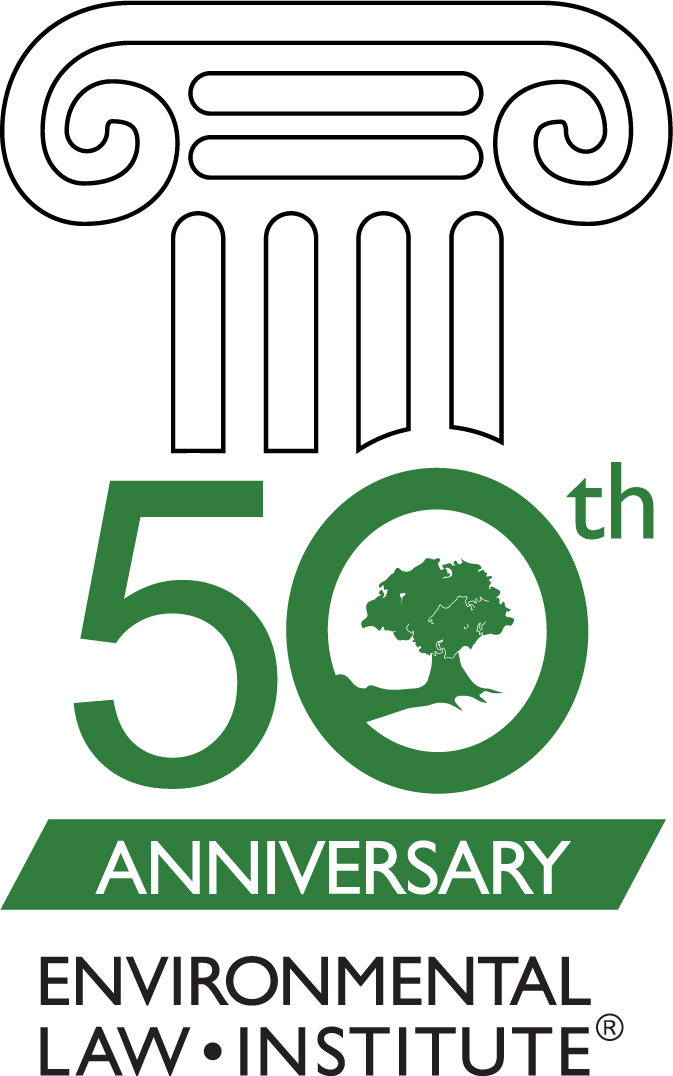In 1974, I was a trial lawyer with Cummings & Lockwood in Stamford, Connecticut, with a lifelong interest in the environment. EPA had been recently created, Congress had just passed two new laws to protect air and water quality, and President Kennedy had made service in the federal government a noble calling.
Eager to learn something about EPA and its Office of General Counsel, I called a college classmate who was then working for Ralph Nader and asked, “Whom should I call to learn about EPA?” He replied, “The man to call is Fred Anderson, President of the Environmental Law Institute.” I called Fred, and he gave EPA’s Office of General Counsel a rave review. “Hottest legal shop in town,” he said. “They don’t even recruit. Top-quality resumes just pour in.”
 The next year, I left a partnership in the biggest law firm in Connecticut and took a substantial pay cut to go to work as EPA’s Associate General Counsel for Water. The then-General Counsel, Alan Kirk, said “Ridge, what you gave up in financial compensation you will more than make in psychic compensation.” He was right.
The next year, I left a partnership in the biggest law firm in Connecticut and took a substantial pay cut to go to work as EPA’s Associate General Counsel for Water. The then-General Counsel, Alan Kirk, said “Ridge, what you gave up in financial compensation you will more than make in psychic compensation.” He was right.
When I arrived, one of the first things I saw on the shelf was ELI’s Environmental Law Reporter, which became a staple of my work. I got to know Fred and his colleagues, came to rely on their publications, and decided to get more involved with an organization whose mission was to be a “global leader in environmental protection through law, policy, and management” with a major education component.
In later years, as a partner at Crowell & Moring, I served two terms on ELI’s Board of Directors, served as Secretary-Treasurer for five years, co-chaired its annual multi-day course on Hazardous Substances, Site Remediation, and Enforcement for some 15 years, and published articles in its publications. I’m currently on the Leadership Council, along with many colleagues who have contributed greatly over the years, and continue to contribute, to the field of environmental law.
No organization has done more to advance excellence in the quality and practice of environmental law than ELI. For me, it has been an extraordinarily productive and delightful professional association, both with the institution and with the many friends I have made over the decades who have shared an involvement with ELI. Some years ago, a Board member said to me, “If ELI didn’t exist, we would have to invent it.” Luckily, we didn’t have to.
